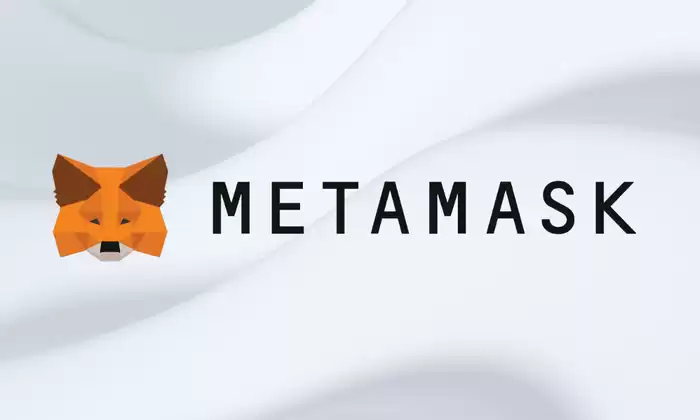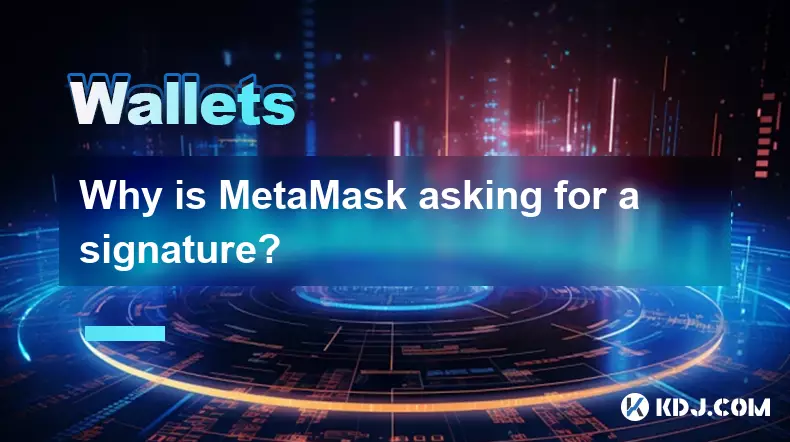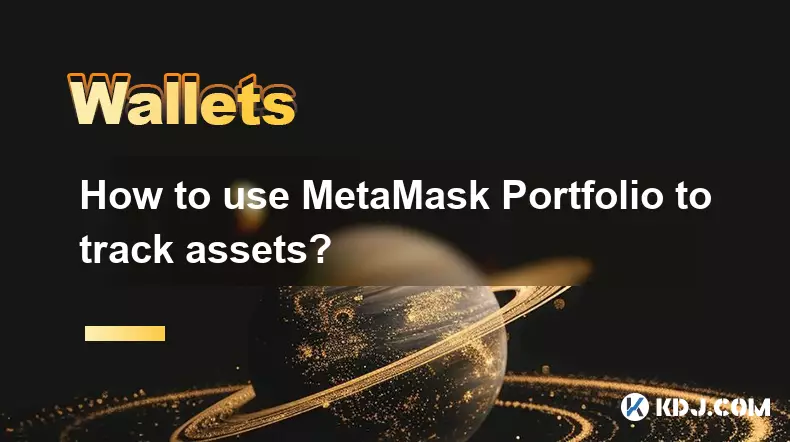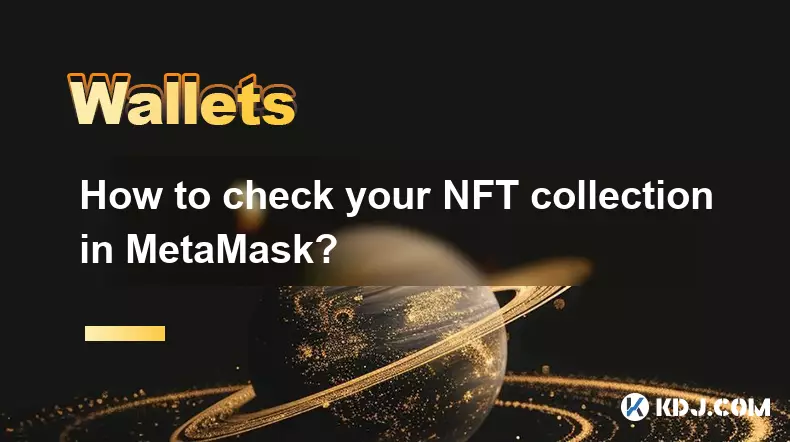-
 bitcoin
bitcoin $105968.894684 USD
4.17% -
 ethereum
ethereum $3639.320047 USD
7.62% -
 tether
tether $1.000339 USD
0.06% -
 xrp
xrp $2.407774 USD
5.96% -
 bnb
bnb $1011.704193 USD
2.28% -
 solana
solana $166.942754 USD
6.37% -
 usd-coin
usd-coin $1.000143 USD
0.03% -
 tron
tron $0.291515 USD
0.25% -
 dogecoin
dogecoin $0.181682 USD
4.06% -
 cardano
cardano $0.585450 USD
4.54% -
 hyperliquid
hyperliquid $42.099968 USD
5.20% -
 chainlink
chainlink $16.160745 USD
5.45% -
 zcash
zcash $645.269648 USD
12.96% -
 bitcoin-cash
bitcoin-cash $507.430338 USD
2.80% -
 stellar
stellar $0.290357 USD
3.69%
recover metamask wallet with private key
To regain access to your MetaMask wallet, follow the provided steps, including installing MetaMask, importing your wallet using your private key, establishing a new password, and safeguarding your wallet through regular backups.
Nov 15, 2024 at 12:16 pm

Recover MetaMask Wallet with Private Key: A Comprehensive Guide
MetaMask is a popular cryptocurrency wallet that allows users to store, send, and receive digital assets on the Ethereum blockchain. It's an essential tool for anyone participating in the crypto ecosystem, and it's important to know how to recover your MetaMask wallet in case you lose access to it.
One of the most important pieces of information you need to recover your MetaMask wallet is your private key. Your private key is a unique, 64-character string that encrypts and decrypts your wallet data. Without your private key, you will not be able to access your wallet or the funds stored within it.
In this guide, we will show you how to recover your MetaMask wallet using your private key. We will cover the following steps:
- Install MetaMask
- Import your wallet using your private key
- Set up a new password
- Back up your wallet
1. Install MetaMask
The first step is to install MetaMask. You can do this by visiting the MetaMask website and clicking on the "Download" button. MetaMask is available as a browser extension for Chrome, Firefox, and Brave. Once you have downloaded and installed MetaMask, click on the "Create a Wallet" button.
2. Import your wallet using your private key
On the next screen, you will be asked to enter your private key. Your private key is a 64-character string that you should have stored in a safe place. If you do not have your private key, you will not be able to recover your wallet.
Once you have entered your private key, click on the "Import" button. MetaMask will then import your wallet and you will be able to access your funds.
3. Set up a new password
Once you have imported your wallet, you will need to set up a new password. Your password will be used to encrypt your wallet data. Choose a strong password that you will remember.
4. Back up your wallet
It is important to back up your MetaMask wallet in case you lose access to it. You can do this by clicking on the "Backup" button in the MetaMask settings. MetaMask will then generate a backup file that you can download to your computer.
Your backup file is a JSON file that contains your private key. It is important to keep your backup file safe and secure. If you lose your backup file, you will not be able to recover your wallet.
By following these steps, you can recover your MetaMask wallet using your private key. It is important to store your private key in a safe place and to back up your wallet regularly.
Disclaimer:info@kdj.com
The information provided is not trading advice. kdj.com does not assume any responsibility for any investments made based on the information provided in this article. Cryptocurrencies are highly volatile and it is highly recommended that you invest with caution after thorough research!
If you believe that the content used on this website infringes your copyright, please contact us immediately (info@kdj.com) and we will delete it promptly.
- Mantle, Anchorage Digital, and Institutional Custody: Bridging TradFi and DeFi
- 2025-11-11 05:20:01
- XRP ETF Hype and Remittix Rise: Navigating the Evolving Crypto Landscape
- 2025-11-11 05:25:01
- UK Stablecoin Regulation: A Pivotal Step Forward?
- 2025-11-11 05:05:01
- DOT Price Eyes Breakout Amid Bitcoin Rally: A Polkadot Deep Dive
- 2025-11-11 05:35:01
- Justin Sun, Fortune, and Altcoins: Navigating the Crypto Landscape
- 2025-11-11 05:35:01
- Bitcoin, JPMorgan, and ETFs: Navigating the Crypto Landscape
- 2025-11-11 05:40:01
Related knowledge

Why is MetaMask asking for a signature?
Nov 10,2025 at 06:19pm
Understanding Signature Requests in MetaMaskMetaMask frequently prompts users to sign messages or transactions as part of its standard operation. Thes...

How to use MetaMask Portfolio to track assets?
Nov 08,2025 at 05:40am
Getting Started with MetaMask Portfolio1. Download and install the MetaMask mobile app from the App Store or Google Play. Open the app and select 'Imp...

MetaMask not popping up: how to fix this issue?
Nov 10,2025 at 05:59am
Understanding the MetaMask Pop-Up Issue1. MetaMask is one of the most widely used cryptocurrency wallets, especially for interacting with decentralize...

How to send ETH from Binance to MetaMask?
Nov 10,2025 at 04:40am
Sending ETH from Binance to MetaMask: A Step-by-Step GuideTransferring Ethereum (ETH) from your Binance account to your MetaMask wallet is a common op...

How to check your NFT collection in MetaMask?
Nov 06,2025 at 08:20pm
Accessing Your NFTs in MetaMask Wallet1. Open the MetaMask browser extension or mobile app and ensure you are logged into your wallet account. Once in...

Why is the MetaMask swap feature failing?
Nov 06,2025 at 09:20pm
Understanding MetaMask Swap FailuresMetaMask, one of the most widely used cryptocurrency wallets, enables users to swap tokens directly within the int...

Why is MetaMask asking for a signature?
Nov 10,2025 at 06:19pm
Understanding Signature Requests in MetaMaskMetaMask frequently prompts users to sign messages or transactions as part of its standard operation. Thes...

How to use MetaMask Portfolio to track assets?
Nov 08,2025 at 05:40am
Getting Started with MetaMask Portfolio1. Download and install the MetaMask mobile app from the App Store or Google Play. Open the app and select 'Imp...

MetaMask not popping up: how to fix this issue?
Nov 10,2025 at 05:59am
Understanding the MetaMask Pop-Up Issue1. MetaMask is one of the most widely used cryptocurrency wallets, especially for interacting with decentralize...

How to send ETH from Binance to MetaMask?
Nov 10,2025 at 04:40am
Sending ETH from Binance to MetaMask: A Step-by-Step GuideTransferring Ethereum (ETH) from your Binance account to your MetaMask wallet is a common op...

How to check your NFT collection in MetaMask?
Nov 06,2025 at 08:20pm
Accessing Your NFTs in MetaMask Wallet1. Open the MetaMask browser extension or mobile app and ensure you are logged into your wallet account. Once in...

Why is the MetaMask swap feature failing?
Nov 06,2025 at 09:20pm
Understanding MetaMask Swap FailuresMetaMask, one of the most widely used cryptocurrency wallets, enables users to swap tokens directly within the int...
See all articles























![🔥 Long awaited! The ancestor of Pi coin is about to take off? PI friends, come in and take a look! [Daily Coin Selection | Bitcoin Trend | Money Making Opportunities] 🔥 Long awaited! The ancestor of Pi coin is about to take off? PI friends, come in and take a look! [Daily Coin Selection | Bitcoin Trend | Money Making Opportunities]](/uploads/2025/11/10/cryptocurrencies-news/videos/6911e42f9bad7_image_500_375.webp)


















































